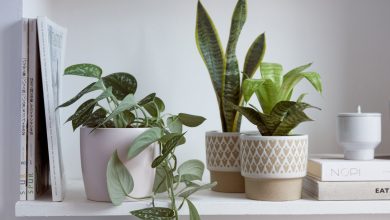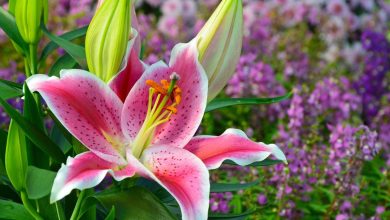Sowing Dracaena Fragrans Massageana or Brazil Trunk: Care and Irrigation
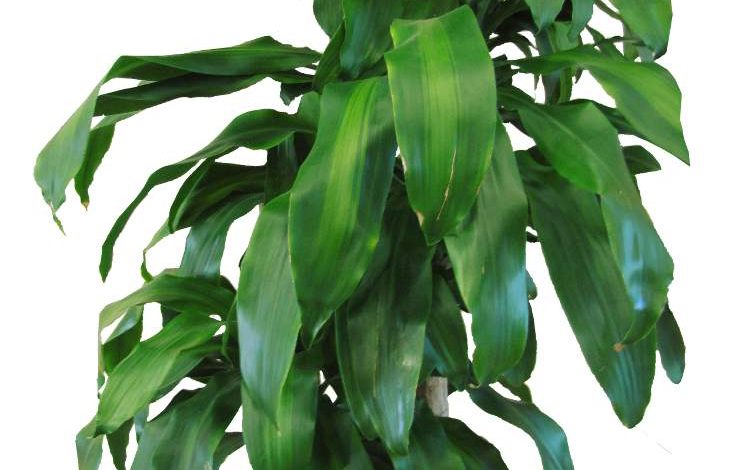
The trunk of BrazilIt is a slow-growing shrub, scientifically known as Dracaena Fragans Massageana , which is widely cultivated in Brazil, where its name comes from.
It is recognized bythe beauty of its leaves and its foliage is large, and stands out for its rosettes of various bright shades.
A slow-growing shrub, the leaves, which can reach up to a meter long by ten centimeters wide, form bright green rosettes, similar to mint, with light green and yellow striped bands in the center.
Important points when sowing Brazil Trunk
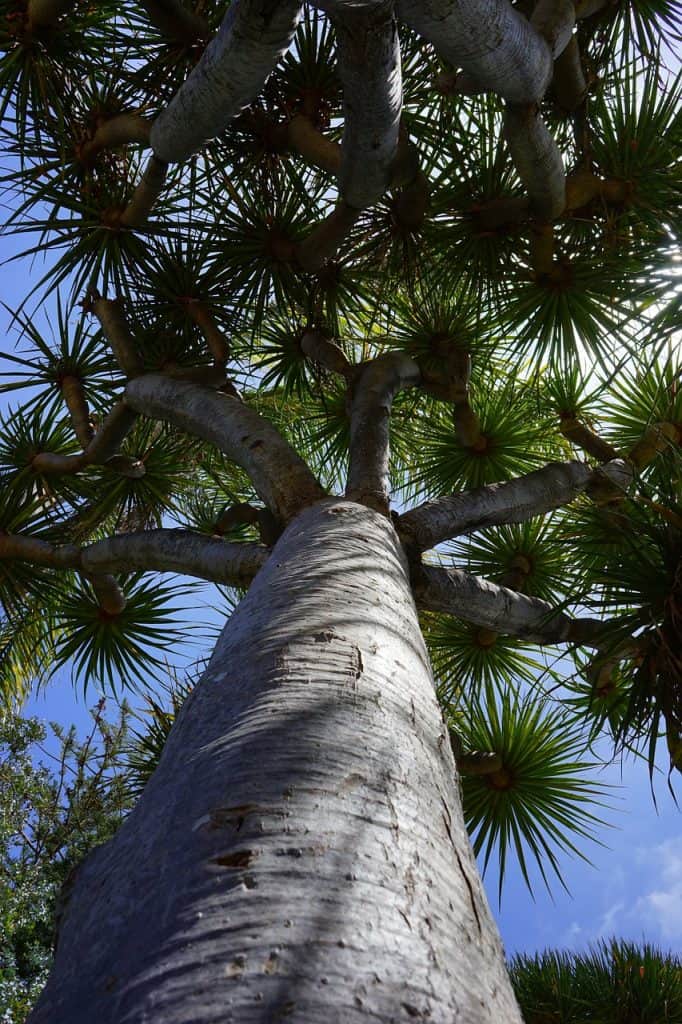 When? It is recommended to fertilize the plant in spring and summer.
When? It is recommended to fertilize the plant in spring and summer.- Where? It is an indoor plant, but in ideal conditions it can be planted outdoors.
- Demanding care? Spray the leaves with warm water two or three times a week.
- How to prepare the land? Soil should be used for indoor plants.
- How do we water? Twice a week in summer and every twelve days in winter.
- What care do you have? It loves humidity, it is recommended to spray its leaves with water.
- Plagues and diseases? Red spider and aphid.
When to plant brazil trunk?
Brazil log is very easy to grow, it is generally recommendedfertilize the plant during spring and summer,because that way it can provide the nutrients it needs to continue its growth.
Where to plant a brazil trunk?
It is an indoor plant, but if the conditions are right it can also be planted outside.
If it is going to be planted in the garden, it is imperative to find a place that is sheltered from drafts, because it does not support them.
It must be remembered that the trunk of Brazil must be in a spacious area that allows it to grow in its proper dimension.
Light is one of the important aspects in cultivation; musthave good lightingbut without direct incidence of sunlight.
When it comes to an indoor crop, it is advisable to place the pot in the window so that its development is more intense.
How do we prepare the land?
To transplant the Brazilian trunk it is best to use soil for indoor plants.
- It should be put in a pot twice as large, to which a drainage layer should be added at the bottom, eg volcanic soil.
- Then put a little soil on it so that the plant is at the correct height; then place the plant and fill it with the new soil.
- The fertilizer, in the case of green plants, should be done twice a month with the irrigation water in spring and summer.
- Remember that a bad fertilizer can be counterproductive and even fatal for the plant.
- When it comes to young specimens, once the roots begin to appear, they should be transplanted into a slightly larger pot.
- When they are mature plants, doing it every two or three years will be enough, spring being the best time.
- For the maintenance to be correct, it is necessary to know that the plant does not support low temperatures.
- It suffers a lot below 14 degrees centigrade, and its optimal development is with high temperatures, between 22 and 26 degrees centigrade.
How do we water the trunk of Brazil?
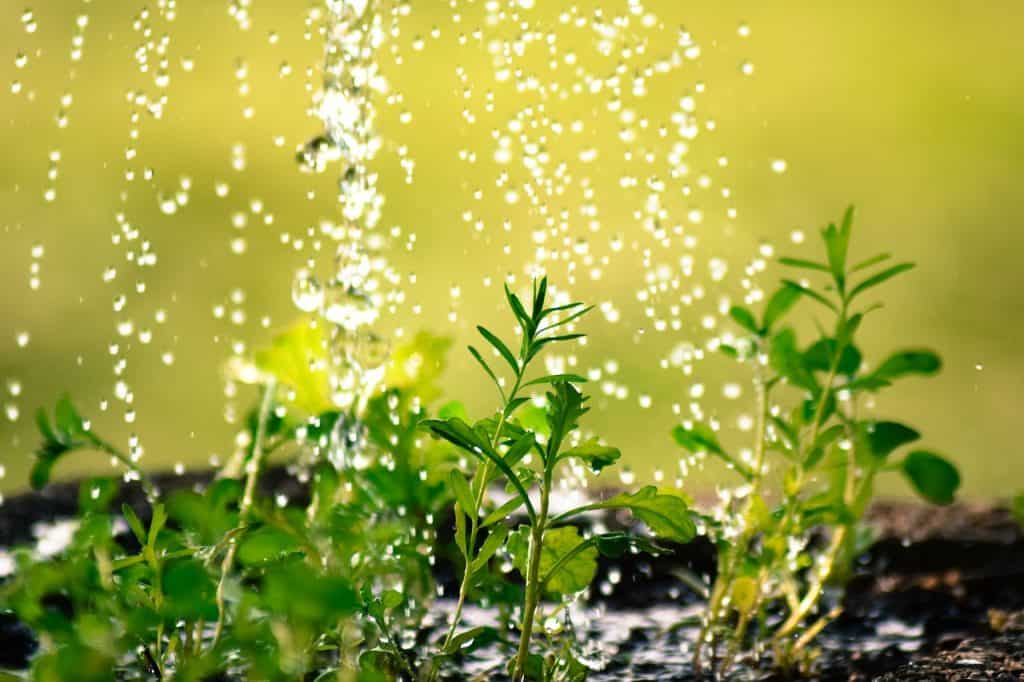 The Brazil trunk should not be watered excessively;this should be done twice a week during the summer in hot weather, and once every twelve days during the winter.
The Brazil trunk should not be watered excessively;this should be done twice a week during the summer in hot weather, and once every twelve days during the winter.
In short, it should be watered when the upper part of the substrate is dry.
One of the factors to take into account isthat the trunk of Brazil does not tolerate flooding;although the substrate of the pot must always be moist,it should never be soggy.
It is advisable to use diluted liquid fertilizer in the irrigation water.
How do we plant a trunk of Brazil step by step?
- The first thing to remember is that the Brazilian trunk does not accept direct light, although it needs intense light.
- A universal substrate or a specific substrate for green plants should be used, and a fertilizer for green plants should be added to the irrigation water once every fifteen days in spring and summer.
- It should be transplanted into a larger pot when the roots come out of the drainage holes, spring being the best time to do this.
- When the leaves turn brown, they must be removed; Generally, this occurs in the lower leaves, which are the ones that age the most.
What care do you have?
The Trunk of Brazil loves humidity, so it is recommended, as one of its care, to spray the leaves with warm water two or three times a week.
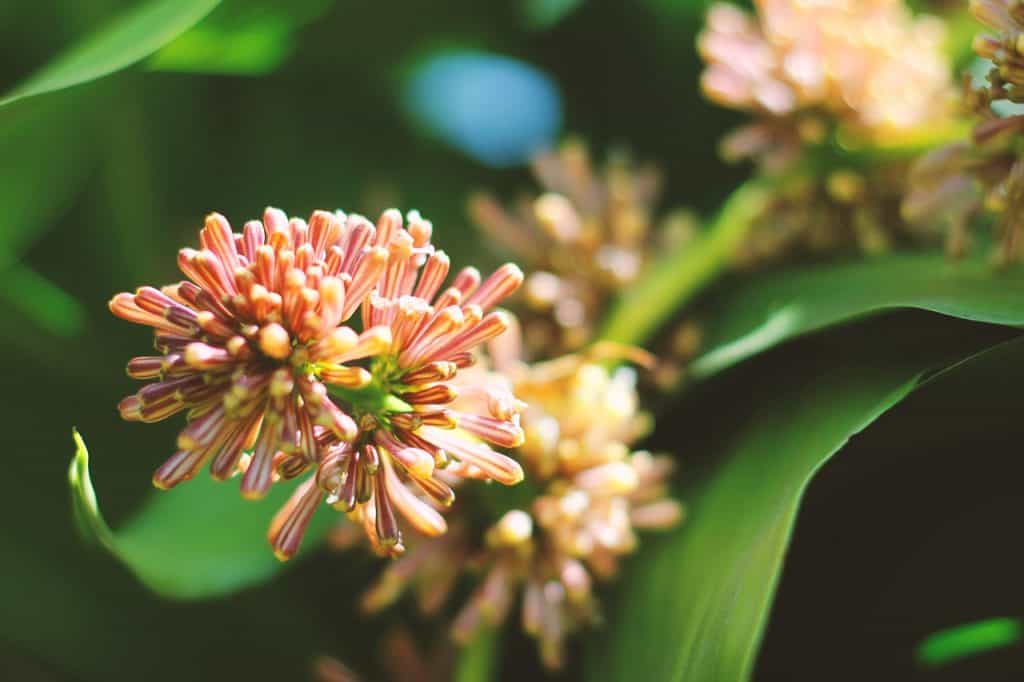 However, the most intense care should be referred to its leaves, which can present various anomalies.
However, the most intense care should be referred to its leaves, which can present various anomalies.
The dracaena fragrans is demanding and requires more care than its sisters like the dracaena marginata.
One of them is that it can have dry leaf tips, due to very dry environments, in which case the plant should be watered with warm water.
Also the plant can be dehydrated, whichmanifests itself in loss of leaves, curling downwards with brown and yellow edges and tips, indicating that it has been subjected to too much heat and too little water.
On the contrary, when the plant has suffered cold, below 14 degrees centigrade, there is a loss of leaves and no growth.
Finally, it must be understood that, as part of its growth,old leaves turn yellowish and fall off.
The gardener must be aware of all this to take the advisable measures in each case.
How can we do the Dracaena Fragans Massageana?
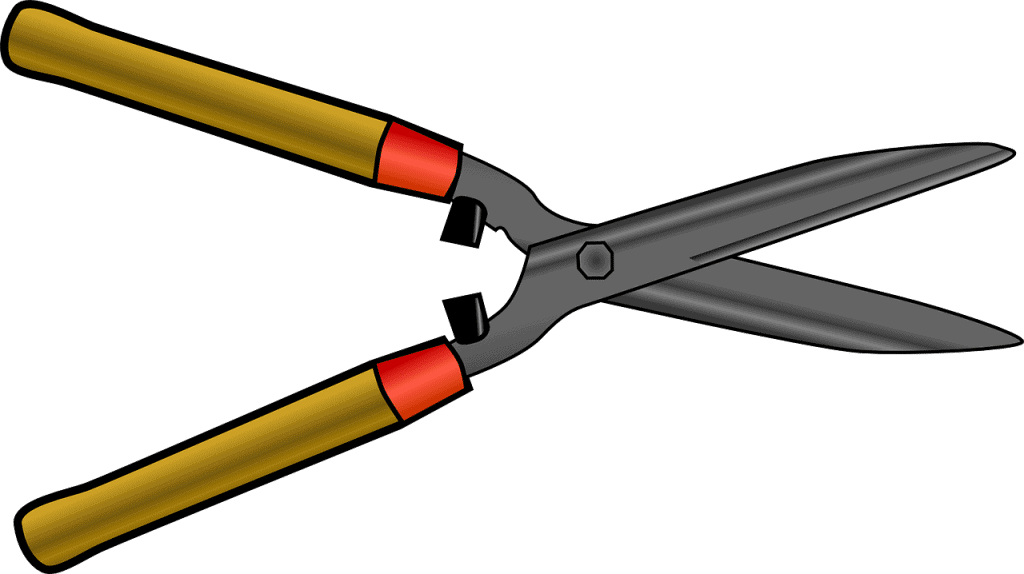 It is a slow-growing tree, so it will not need constant pruning to control it.
It is a slow-growing tree, so it will not need constant pruning to control it.
However, when you want to prune it and spice up your shape, you should head to the main trunk.
The cuts should not be in a straight line and you should try to make them as clean as possible. In this way we reduce the possibilities of possible infections or diseases that the brazil trunk could contract.
What pests and diseases does it have?
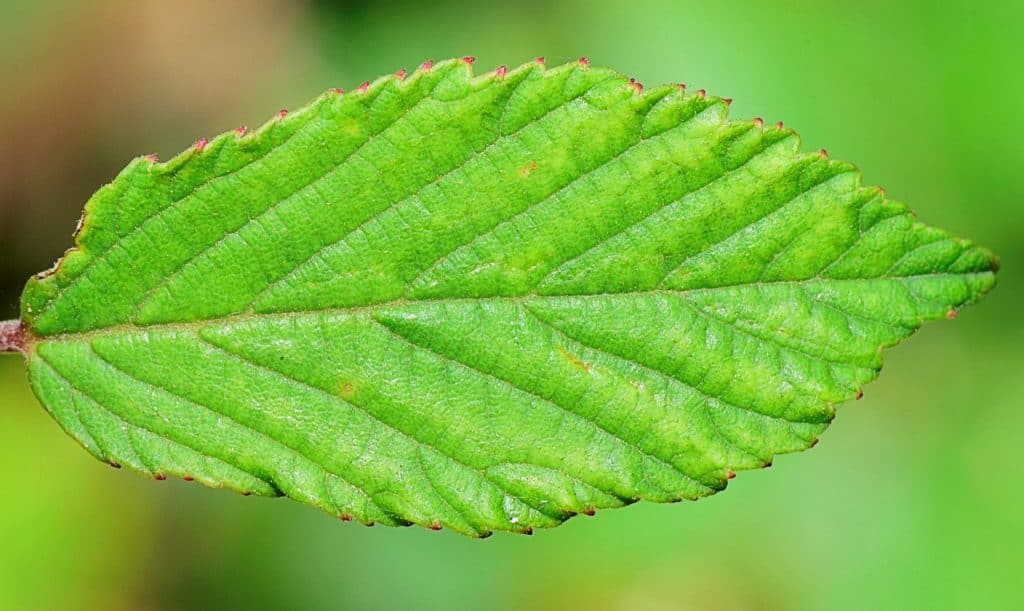 The plants have a tendency to develop diseases or to be attacked by pests and the Brazilian trunk is no exception.
The plants have a tendency to develop diseases or to be attacked by pests and the Brazilian trunk is no exception.
One of its predators is the red spider, which are small insects that are located on the underside of the leaves.
The way to know about the attack of this insect is to see if the foliage of the plant is changing color, from its usual green hue to a yellowish color.
The red spider appears when the humidity levels are not correct; his attack is devastating because the trunk can lose all its leaves.
Another of the insects that attack the plant is the aphid, which lives on the leaves and feeds on the sap.
The aphid can cause the death of the beautiful plant because it produces a fungus called bold, which prevents photosynthesis, and therefore must be attacked in time.
How long does the trunk of Brazil live?
It is a plant that lives for a short time, about 6 years, although if it is kept in ideal conditions and with good care it can extend further.
How long does it take to grow the trunk of Brazil?
It grows very slowly, taking up to 5 years to have a proper structure.
How long does it take to produce fruit?
You can make your first production around 3 years. However, this does not always happen, since in very few cases the trunk of Brazil flowers.
Can it be grown in a pot?
It is an ideal plant to work in a pot and in interior decoration due to its beauty and adaptability.
How many times does the trunk of Brazil produce fruit?
There is no precise amount of production because it is a species that rarely flowers.
Should the Brazil trunk be pollinated to obtain fruit?
They are pollinated with the intervention of bees and some other pollinating insects.
How cold can the Brazilian trunk tolerate?
Very cold environments are not pleasant for it, so it is better to keep it in a space above 14° C.
In certain scenarios it is capable of surviving at 5° C.
How many Brazilian logs can be planted per hectare?
It is not a plant that is planted by hectares.
However, in terms of numbers, an average of more than 300 units could be established.
What kind of fertilizer does the Brazilian trunk need?
It must be worked with liquid fertilizers, placing special emphasis on the amount of iron and potassium provided.
This is because both elements are key to a better appearance of the leaves.
How much heat and/or drought can the Brazilwood tolerate?
He likes heat, but not excessive. The ideal is that the temperature does not exceed 30 ° C.
It can tolerate drought because it stores water inside its trunk.



